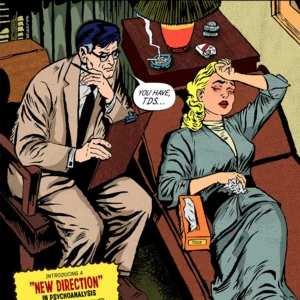A Tribute to “Witchcraft” The B-24 Liberator


The Witchcraft B-24 Liberator: A Legendary WWII Bomber
The B-24 Liberator, known as “Witchcraft,” was one of the most iconic heavy bombers of World War II, serving with distinction in the U.S. Army Air Forces. Built by Consolidated Aircraft, the B-24 was renowned for its long range, heavy payload, and versatility, playing a critical role in strategic bombing campaigns across Europe, the Pacific, and beyond.
The “Witchcraft” Legacy
“Witchcraft” was the nickname of a specific B-24J (serial number 44-44052) assigned to the 467th Bombardment Group, 790th Bombardment Squadron, based in Rackheath, England. This aircraft became legendary for its remarkable combat record:
100 Missions Without a Loss: Witchcraft completed an astonishing 130 missions between 1943 and 1945, reportedly without ever turning back due to mechanical issues or suffering a crew casualty—a rare feat for any WWII bomber.
Distinctive Nose Art: The plane featured striking nose art depicting a witch riding a broomstick, symbolizing its name and boosting crew morale.
Reliability Under Fire: Crews praised Witchcraft for its durability, often returning safely despite battle damage from flak and enemy fighters.
B-24 Liberator Specifications
Crew: 10 (pilot, co-pilot, navigator, bombardier, radio operator, gunners)
Wingspan: 110 feet
Engines: Four Pratt & Whitney R-1830 radial engines
Max Speed: ~290 mph
Range: ~2,000 miles with bomb load
Armament: Up to 12 .50-caliber machine guns, 8,000 lbs of bombs
Combat Role
Witchcraft flew missions over Nazi-occupied Europe, targeting industrial sites, airfields, and infrastructure. The B-24’s high-altitude bombing runs were perilous, facing intense anti-aircraft fire and Luftwaffe fighters. Its Davis wing design allowed for greater fuel efficiency and range compared to the B-17 Flying Fortress, making it ideal for long-range missions like the Ploesti oil refinery raids.
Why Witchcraft Stands Out
The aircraft’s flawless mission record made it a symbol of resilience and luck. Crews considered it a “lucky ship,” and its maintenance team was lauded for keeping it in top condition. After the war, Witchcraft was scrapped, but its legacy lives on through museums, scale models, and WWII aviation enthusiasts.
Fun Fact
The Collings Foundation operates a restored B-24J named “Witchcraft” (a different airframe) to honor the original, offering flights and tours to keep its history alive.
The Witchcraft B-24 Liberator remains a testament to the bravery of WWII aircrews and the engineering prowess of the era. Have you visited a restored B-24 or seen its nose art in person? Share your thoughts! ✈️
#WWII #B24Liberator #Witchcraft #AviationHistory
<LAST | NEXT>













